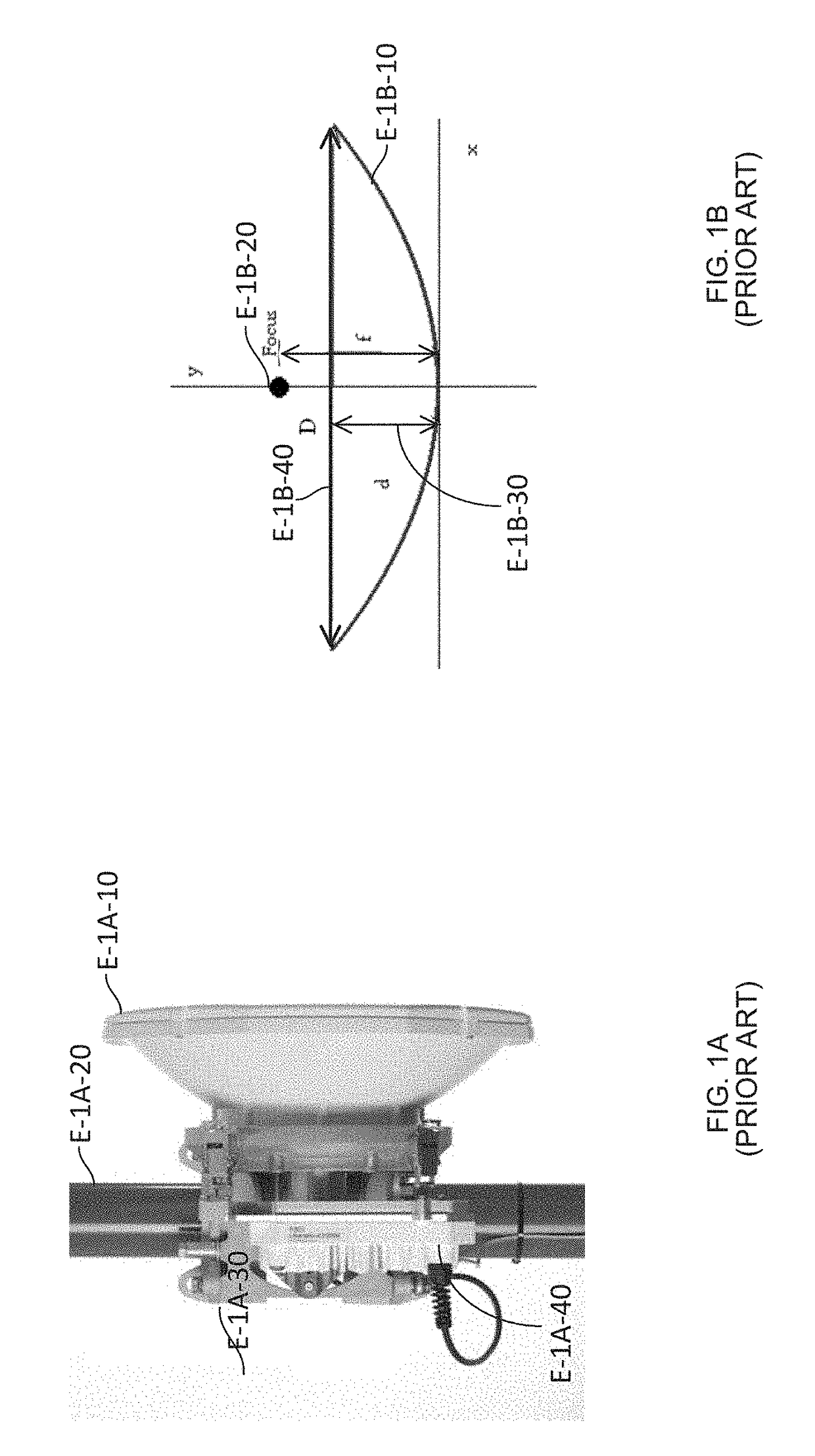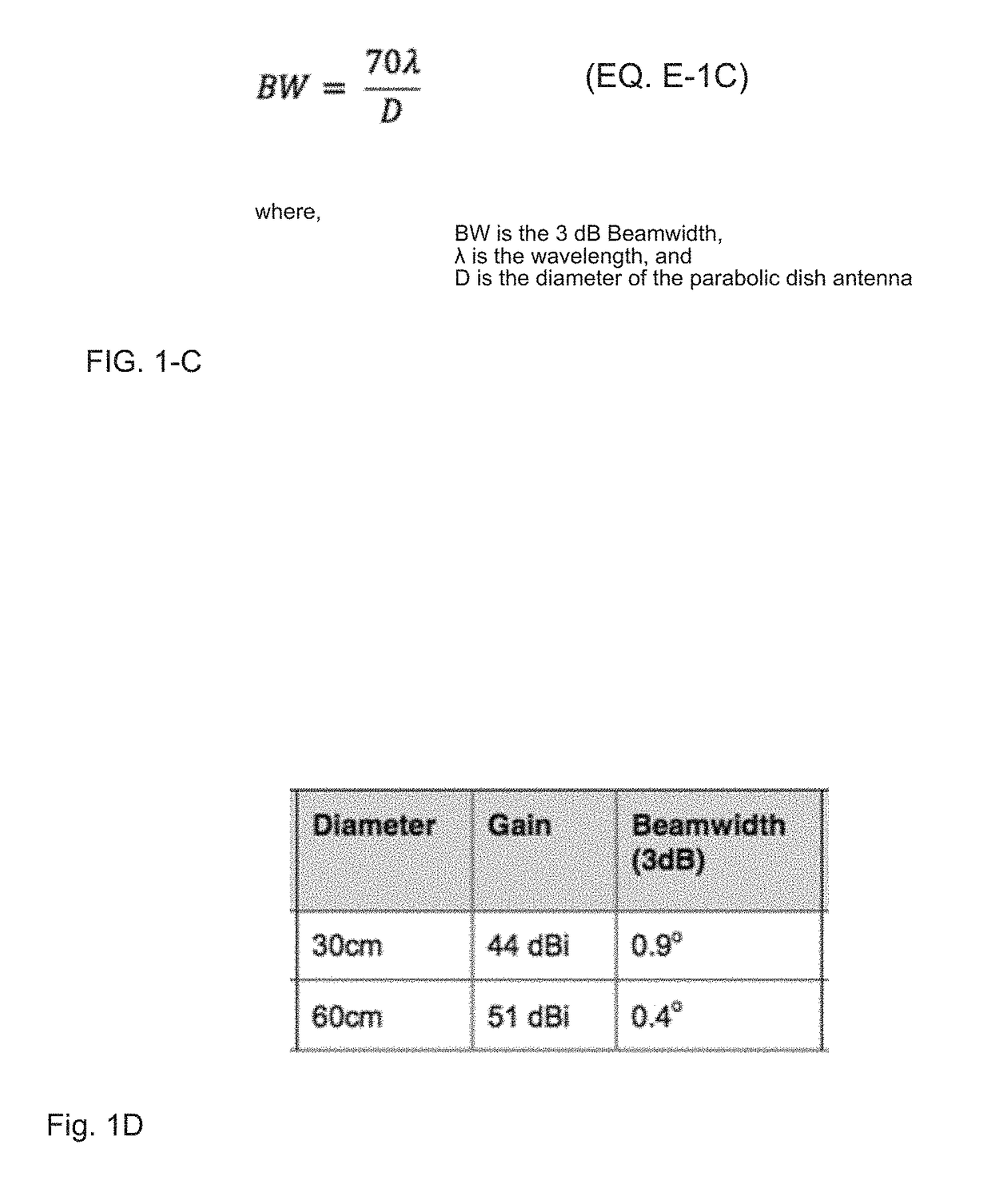Electronic alignment using signature emissions for backhaul radios
a backhaul radio and signature emission technology, applied in the field of data networking, can solve the problems of time-consuming and costly directive antennas associated with such products, requiring skilled technicians, and affecting the operation of the backhaul radio
- Summary
- Abstract
- Description
- Claims
- Application Information
AI Technical Summary
Benefits of technology
Problems solved by technology
Method used
Image
Examples
Embodiment Construction
[0100]Aspects of the present inventions provide for significant simplification of the installation processes in specific embodiments.
[0101]FIG. 5 is an exemplary flow diagram of an embodiment of a multi-stage point-to-point radio antenna alignment procedure for use in initial alignment and link parameter maintenance, including ongoing alignment in some embodiments. Other embodiments may include point to multipoint radios, of other configurations. The process is started in Step E-5-10 with a technician performing initial mounting of the antenna and radio hardware. Next, in Step E-5-20 a course alignment is performed utilizing one or more of the embodiments of the present invention, which will be discussed in more detail, associated with subsequent figures. In one embodiment, an alignment-aiding device may be utilized which may be integrated with and inside the physical enclosure and housing of the point-to-point radio or may be mounted to the exterior of the radio. The electronics ma...
PUM
 Login to View More
Login to View More Abstract
Description
Claims
Application Information
 Login to View More
Login to View More - R&D
- Intellectual Property
- Life Sciences
- Materials
- Tech Scout
- Unparalleled Data Quality
- Higher Quality Content
- 60% Fewer Hallucinations
Browse by: Latest US Patents, China's latest patents, Technical Efficacy Thesaurus, Application Domain, Technology Topic, Popular Technical Reports.
© 2025 PatSnap. All rights reserved.Legal|Privacy policy|Modern Slavery Act Transparency Statement|Sitemap|About US| Contact US: help@patsnap.com



